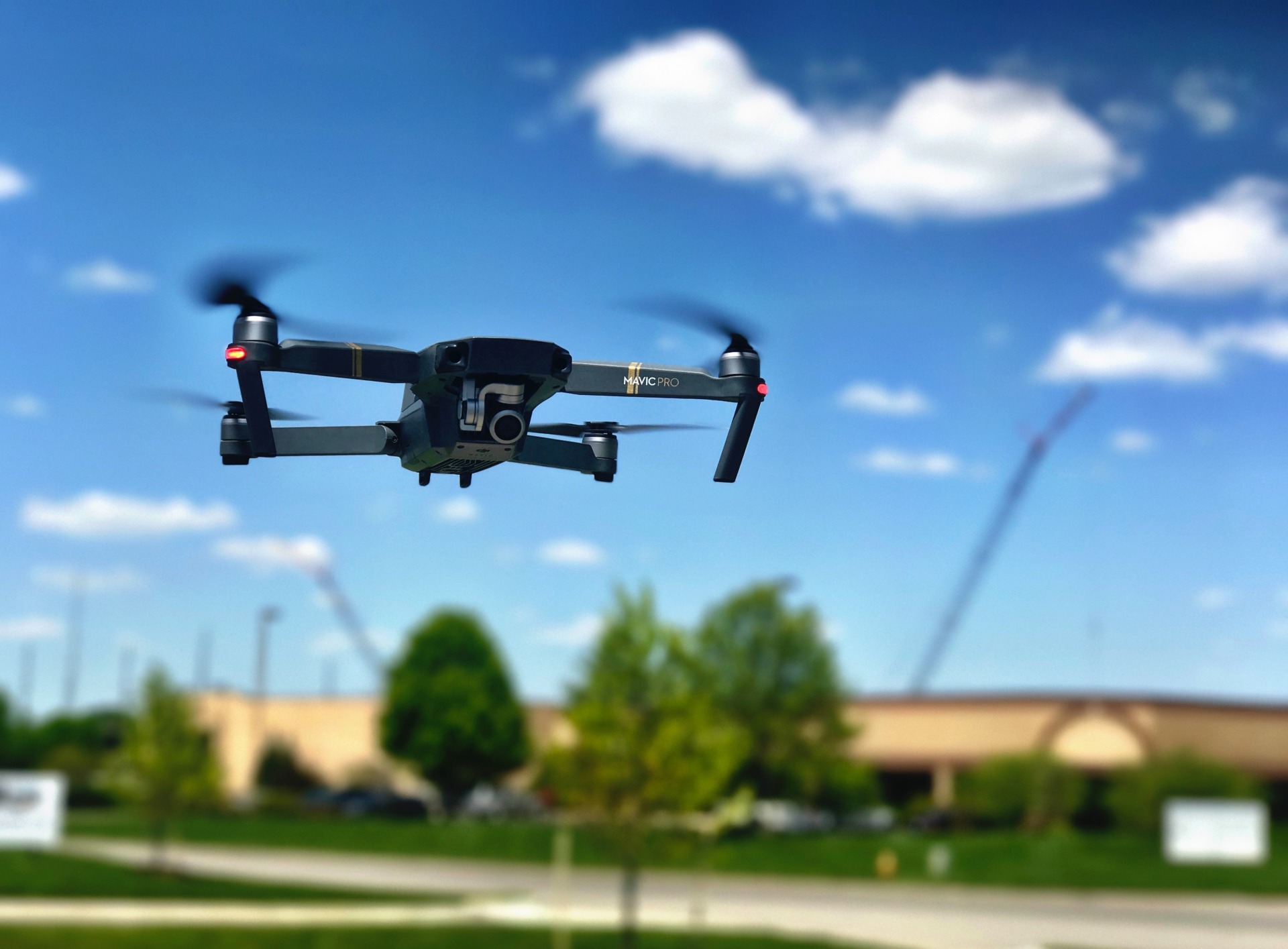

The threat from rogue or nefarious drones is not going anywhere. In fact, as drones continue to evolve, the risks will increase and add further dangers and issues to our society around the world.
Countries have different approaches to counter-drone strategy, some more open than others. Successful rogue drone incident lifecycle management ideally involves detection & alert of a rogue drone presence (while allowing authorized drones to continue their operations); location & tracking of drone, home, and pilot; identification of the drone (manufacturer, model, etc.); and then fending it off or taking control and landing it away from the sensitive environment (mitigation).
Taking control over a nefarious drone brings many benefits to society, as it enables not only the prevention of dangerous incidents but, when legally allowed, may also provide intelligence about the source of the drone, its operator, cargo, etc.
In the US, there has been a dramatic increase in drone incidents in the past two years, which led President Biden’s administration to call for Congress’ help in expanding its counter-drone policies. The situation is not much different in other parts of the world. In fact, if we look at my territory, APAC, the risk of drone incidents is also rising. In South Korea, for example, there were multiple incidents of illegal drone flights spotted between September 2020 and February 2021, near Seoul’s Incheon airport.
In fact, in the past few months, there have been several serious incidents events in the APAC region:
 dropped improvised explosive devices (IED), grenades and a pistol dropped in India
dropped improvised explosive devices (IED), grenades and a pistol dropped in IndiaWe expect more countries to adopt similar strategies as the US to avoid rogue drones and address the considerable damage and consequences they bring. Decision-makers and regulators are already looking at how mitigation is a critical element toward a safer approach to counter-drone activities. Traditional technologies – such as radar and optical on the detection side and jamming or kinetic approaches on the mitigation side – are limited in their ability to identify and stop only rogue drones (as opposed to authorized ones) in certain environments (such as crowded urban areas) and can even lead to collateral damage and considerable risks.
There has been some progress towards a safer and more reliable environment. Yet, it is time to speed up our approach to countering rogue drones, in at least two areas:
Drones should continue to flourish and bring great value. Drones bring significant benefits to different fields in society – such as search & rescue, first responders, traffic management, law enforcement, disaster relief, and more. But without the right level of oversight, along with detection and mitigation for the small portion of problematic pilots and drones, along with the ability to distinguish between authorized and unauthorized drones, and safely deal with the nefarious drones, the risk is too high.
That’s where a smart, cyber-centric takeover and control-based counter-drone solution can lead to operational agility and flexibility for different environments, sectors, and scenarios while maintaining safety, control, and continuity.